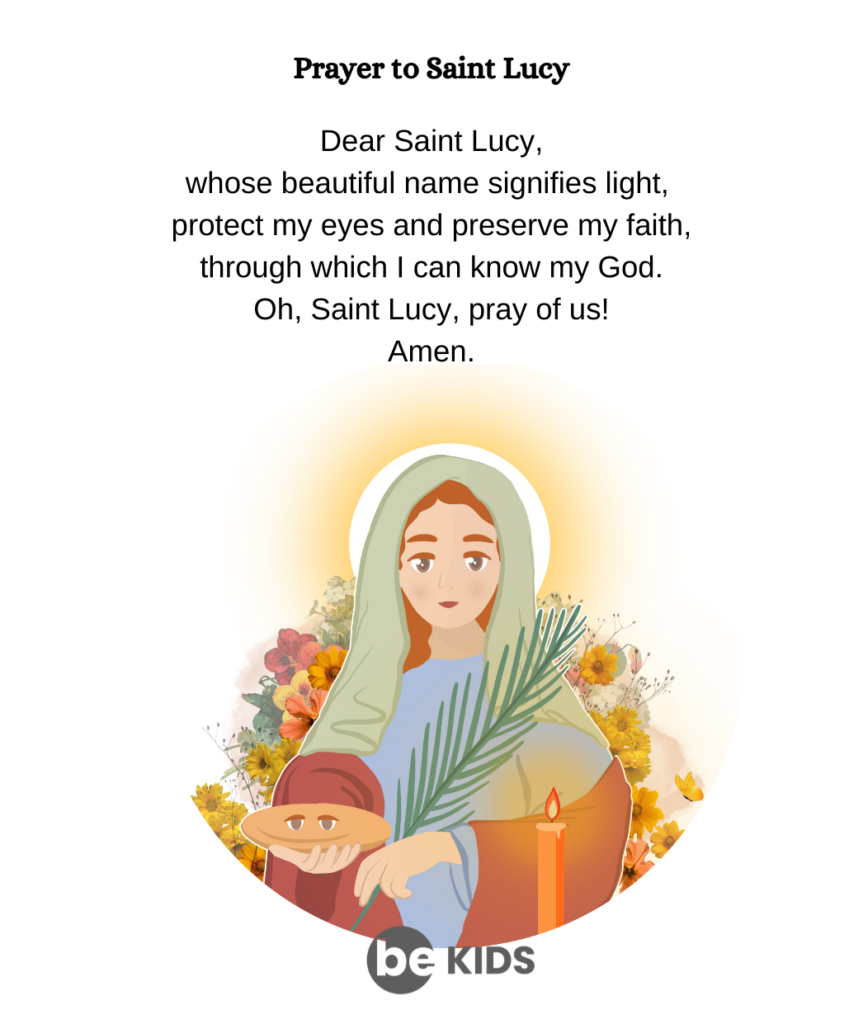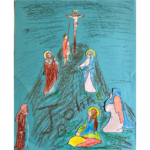
With most saints and martyrs of the early Church, what has been handed down to us, could be surrounded with legends, so that it becomes difficult to determine what is fact or legend.
This could be the case with St.Lucy, who lived between 283 and 304. Most of the history surrounding this saint and martyr has been lost. What we do know is that she was born in Syracuse to a wealthy and noble family. It is believed that her father was Roman while her mother was of Greek origin. Lucy’s father died when she was five years old, leaving her and her mother to fend for themselves.
At the time Sicily was ruled by Diocletian, a pagan Roman Emperor, who persecuted Christians to the point that it was illegal to be one. Lucy had started to believe in the One True God and she had secretly vowed to consecrate her life to Him. At the same time, her mother, being of poor health, wanting a safe and secure future for her daughter, arranged for Lucy to marry a young man who came from a wealthy pagan family. Lucy revealed her secret vow to remain unmarried to her mother, insisting that only Jesus Christ had a place in her heart and that she wanted to give away her dowry to the poor. Lucy’s strong faith convinced her mother to go on a pilgrimage to Catania to beseech the intercession of St. Agatha for a recovery from a health condition that she had been suffering from for a long time. It was at this time that Lucy experienced a vision of the Saint who foretold the cure of her mother. Eventually, her mother did recover and she regained her health.
In the meantime, when her Roman fiance continued to be refused in marriage by Lucy, he denounced her as a Christian to the pagan governor of Syracuse. She was arrested and ordered to pay homage to an icon of the Emperor as a sign of renunciation of her faith in Jesus Christ. Lucy’s refusal to this act meant her condemnation to death. She was sentenced to be burned alive, but tradition holds that the wood beneath her would not burn. She was then immediately killed by the sword.
She had become a martyr for her faith when she was twenty-one years old. St. Lucy is depicted holding a palm branch as a sign of victory of true faith over evil, and carrying a plate with an emblem of a pair of eyes. Tradition holds that her eyes were gouged out as a means of torture, or that it was self-mutilation to discourage the pagan suitor. Tradition continues to hold that when her body was being prepared for burial, her eyes were restored to their beauty.
Lucy wanted to distribute her dowry to the poor while she was alive instead of bequeathing it all in her will as her mother had suggested, because she said that true charity meant giving away her riches during her life not after her death when she would have no use for them!












